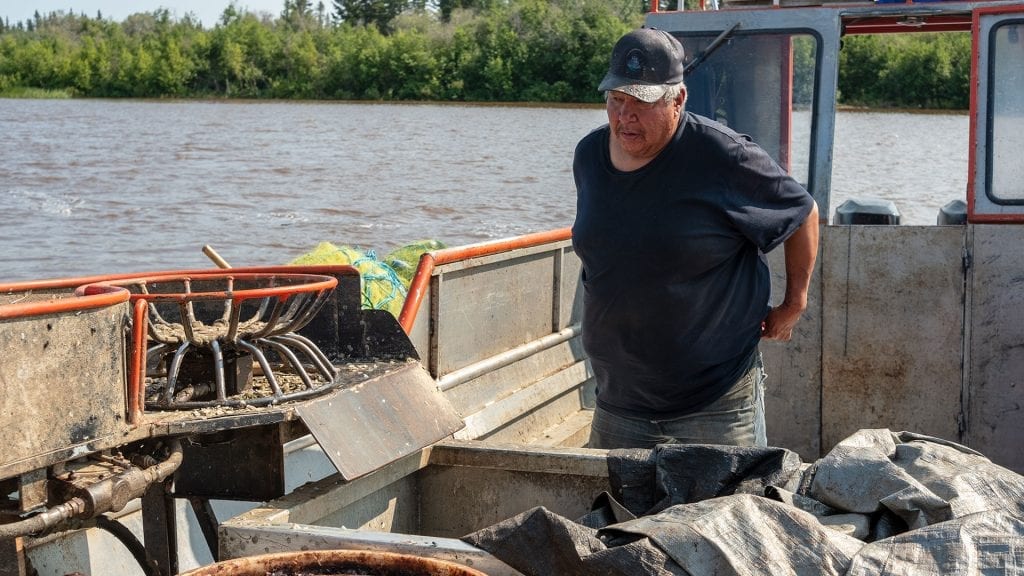
(Cameron Beaverbones cleans up his boat after a long 13 hour day of work on Great Slave Lake, Northwest Territories. Charlotte Morritt-Jacobs photo)
The work day starts early on Fishermen’s Wharf in Hay River, Northwest Territories (N.W.T).
From July to September commercial fishers head out from the south shore of Great Slave Lake, hustling to fill their crates with fresh fish.
According to the territorial department of industry, tourism and investment, commercial fishers have come well under quota for years, turning in roughly 1.2 million pounds of the estimated 3.6 million pounds of product available annually.
Lawrence Morin, a long-time fisher, said there’s been a visible decline in commercial operations in the South Slave Region.
What was once a bustling wharf packed with large fishing vessels is now sparse with smaller operations.
“When I came up here in 1969 there was good prices for that day. Like trout was a dollar a pound, and now it’s 25 cents is it? Or it’s 10 cents now,” Morin said.
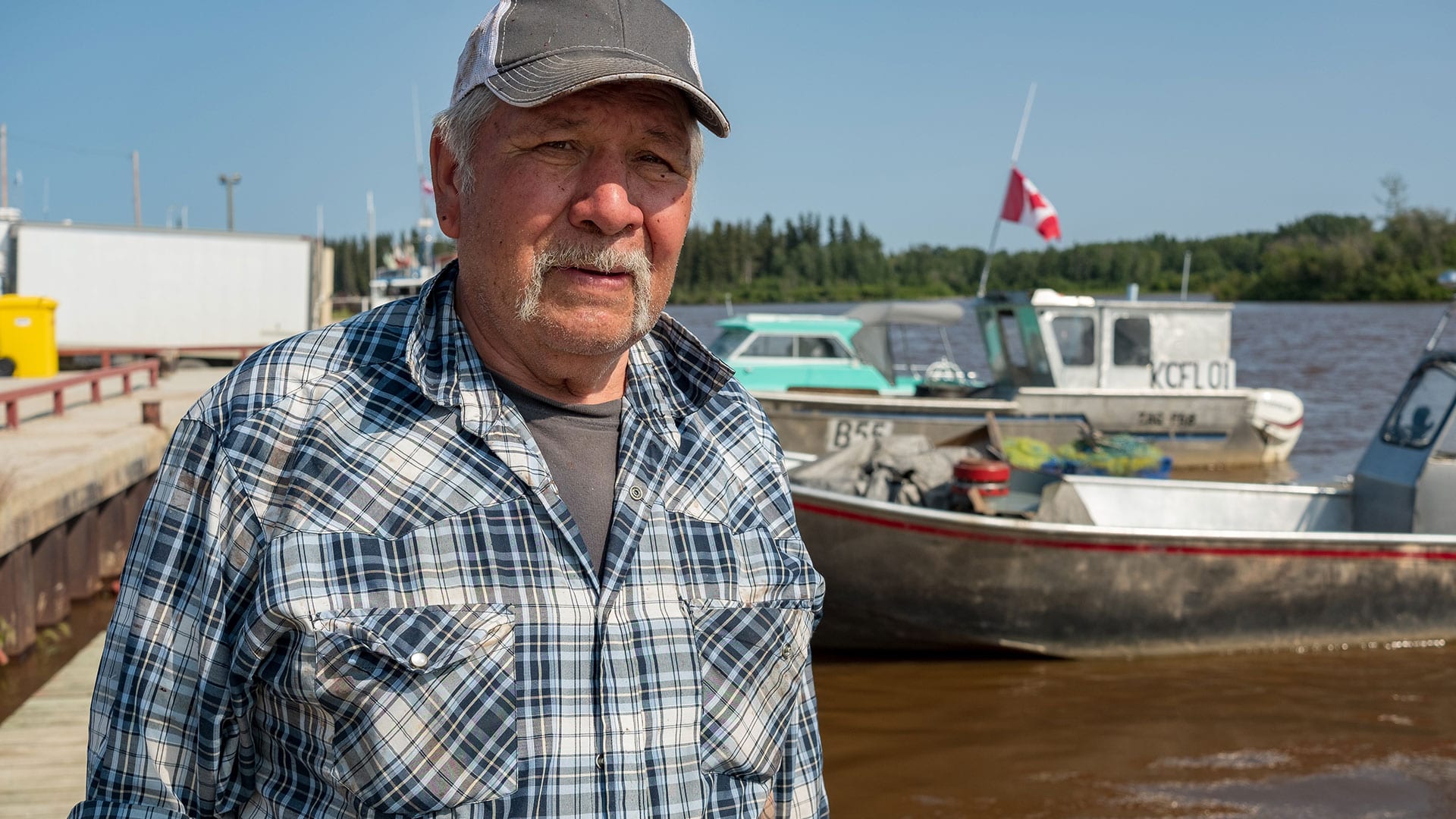
Despite netting an impressive 2,500 pounds of fish today, Morin and Cameron Beaverbones face numerous logistical challenges.
Since 1971 fish commercially caught in Great Slave Lake is shipped to Winnipeg where it is processed and marketed by the Freshwater Fish Marketing Corp.
Morin feels the livelihood of northern fishers has been negatively impacted by selling to the Crown corporation instead of straight to market.
“We used to commercially fish through the winter but Freshwater doesn’t buy because we don’t have enough product. But, I imagine they would if we had more,” he said.
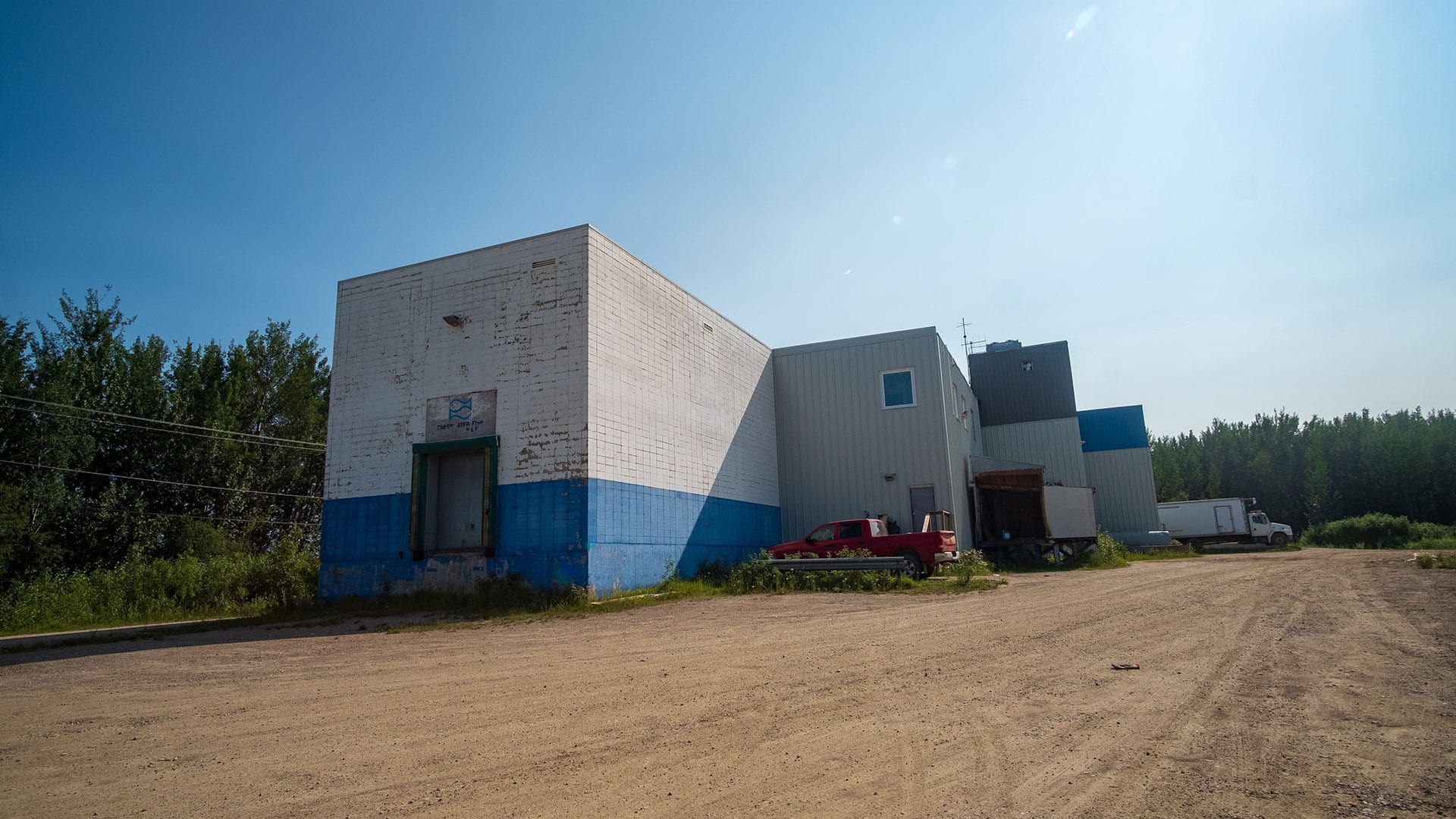
But change is on the horizon.
On July 21, a new memorandum of understanding (MOU) was signed between Tu’cho’ Fishers’ Co-operative and the N.W.T. government.
The co-op was established in 2014, as a business branch of the NWT Fishermen’s Federation located in Hay River, about 400 km south of Yellowknife.
The agreement outlines a joint plan to enact components of the territorial government’s latest strategy for revitalizing the Great Slave Lake commercial fishery, which calls for increased production and processing capabilities.
The new agreement also includes a plan to build a new fish plant in Hay River operated by the co-operative, that will give N.W.T. residents the option of buying locally caught and processed fish in their community stores.
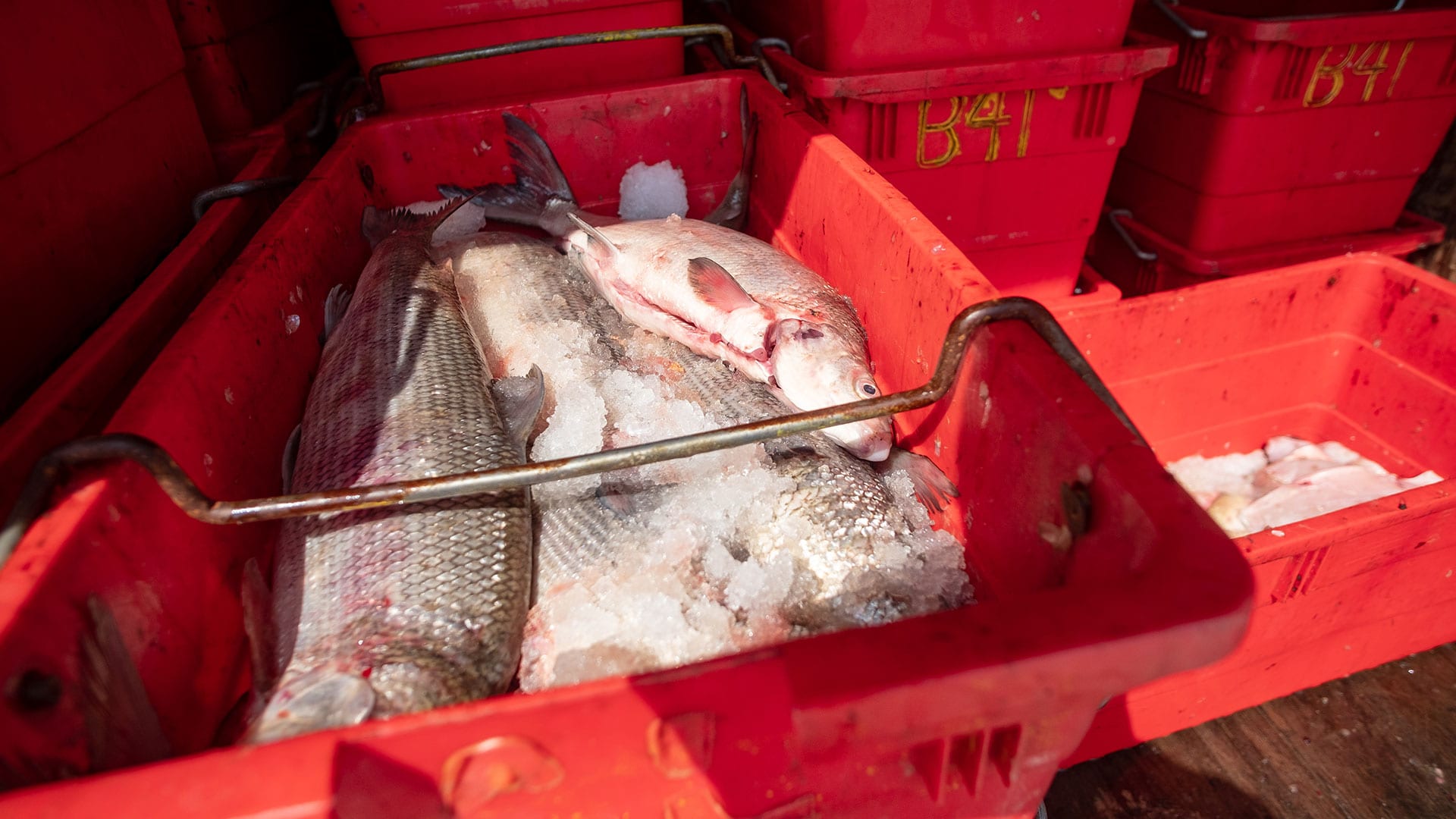
Beaverbones, the co-op president, is hopeful the MOU will support fishers who feel the price they receive for their product has not kept up with the cost of doing business.
“The freight is way too high there. Like we have to try to fill up that truck, it leaves every three days. With the new plant, the processing plant and we can fillet fish there which will help us out,” he said.
Along with addressing the barriers in processing and market access for N.W.T. fish and fish byproducts, Beaverbones noted the new agreement includes support for new fishers through training.
“It’s hard for people right at the start, it is hard first two years. I try to help them out. Like these young guys coming in, I lent them my boat (when) their boat broke down,” he said.
Brian Emes, who is borrowing Beaverbone’s spare vessel, is grateful for any support he can get.
He’s 25 and a third-generation fisher. While he’s already a decade into commercial fishing, to some, he’s still considered new to the game.
“It’s quite a hard job. I think if the pay was up there would be more job opportunities for younger people,” Emes said.
“There isn’t much training; if there was more that would help people come up to fish also.”
Right now he’s partnered with one other fisher, but with more year-round employment opportunities promised by a new fish plant he hopes to be his own boss in the next few years.
The new facility will replace the old cement fish plant built in 1971. Construction, which has been delayed due to cost and design issues, could start this fall.
“We downsized the processing line and we are working with the department of infrastructure to go forward with a design that has a smaller footprint,” said Tom Colosimo, a superintendent with the department of industry, tourism and investment.
“The challenges we have is it has to be Canadian Food Inspection Agency certified and with COVID-19 there’s changes we have to consider.”
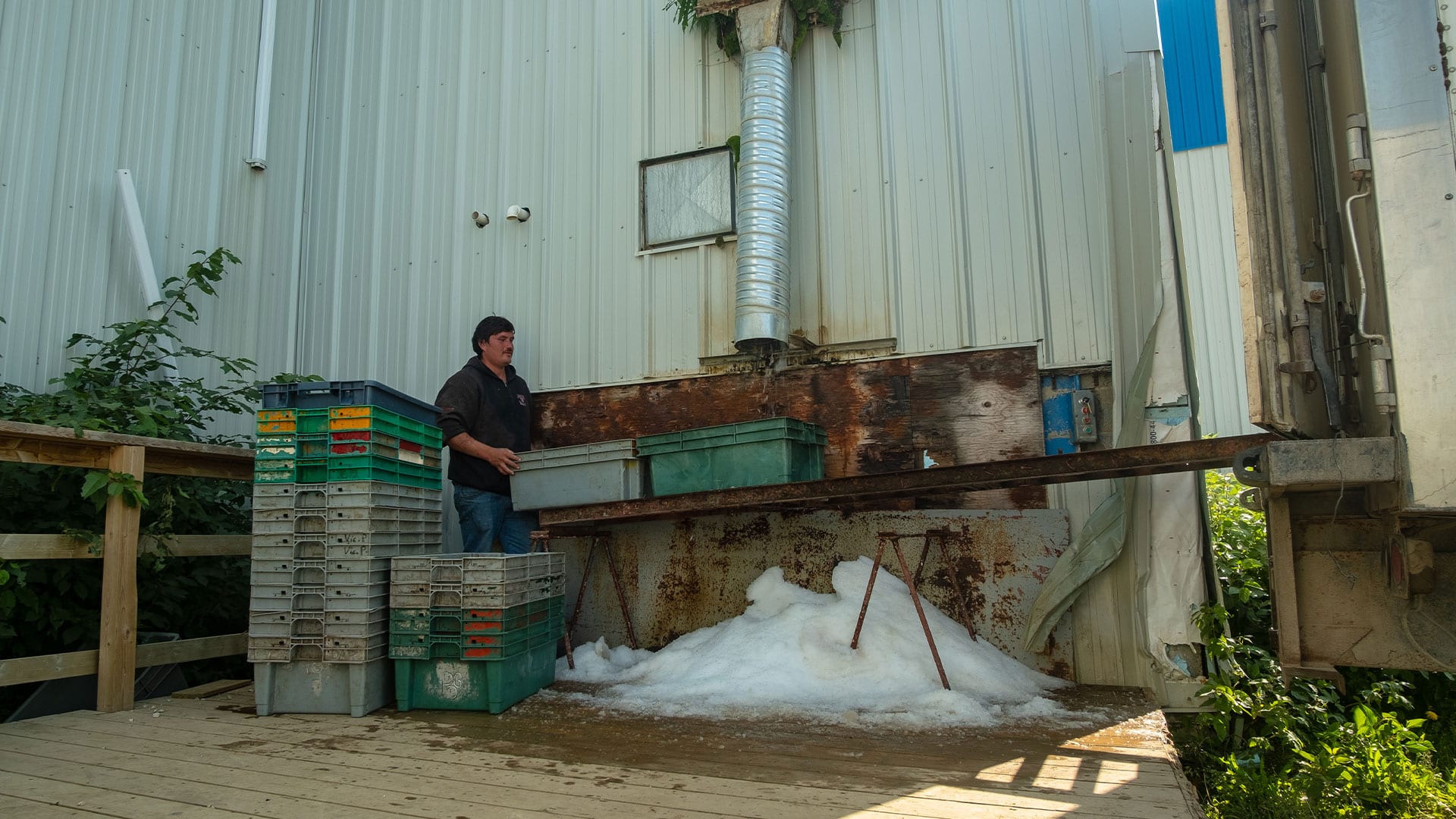
Colosimo, who has worked on the fish revitalization file for the last seven years, serves as the N.W.T. representative on the Freshwater board.
He said the government has reduced the size of the plant to less than 10,000 sq. ft. to lower costs, and is working with a designer to explore energy efficient cooling systems for the facility.
According to government, fishers can expect an increase in return as soon as the plant opens.
“When it hits (the Freshwater plant in) Transcona (a suburb of Winnipeg), 60 per cent of that fish is actual usable product to be filleted out,” said Colosimo.
“Even if we were to process and ship it, it would be filleted at that reduced weight without the heads, tails and carcasses. We would be able to fulfil the needs of the market.”









